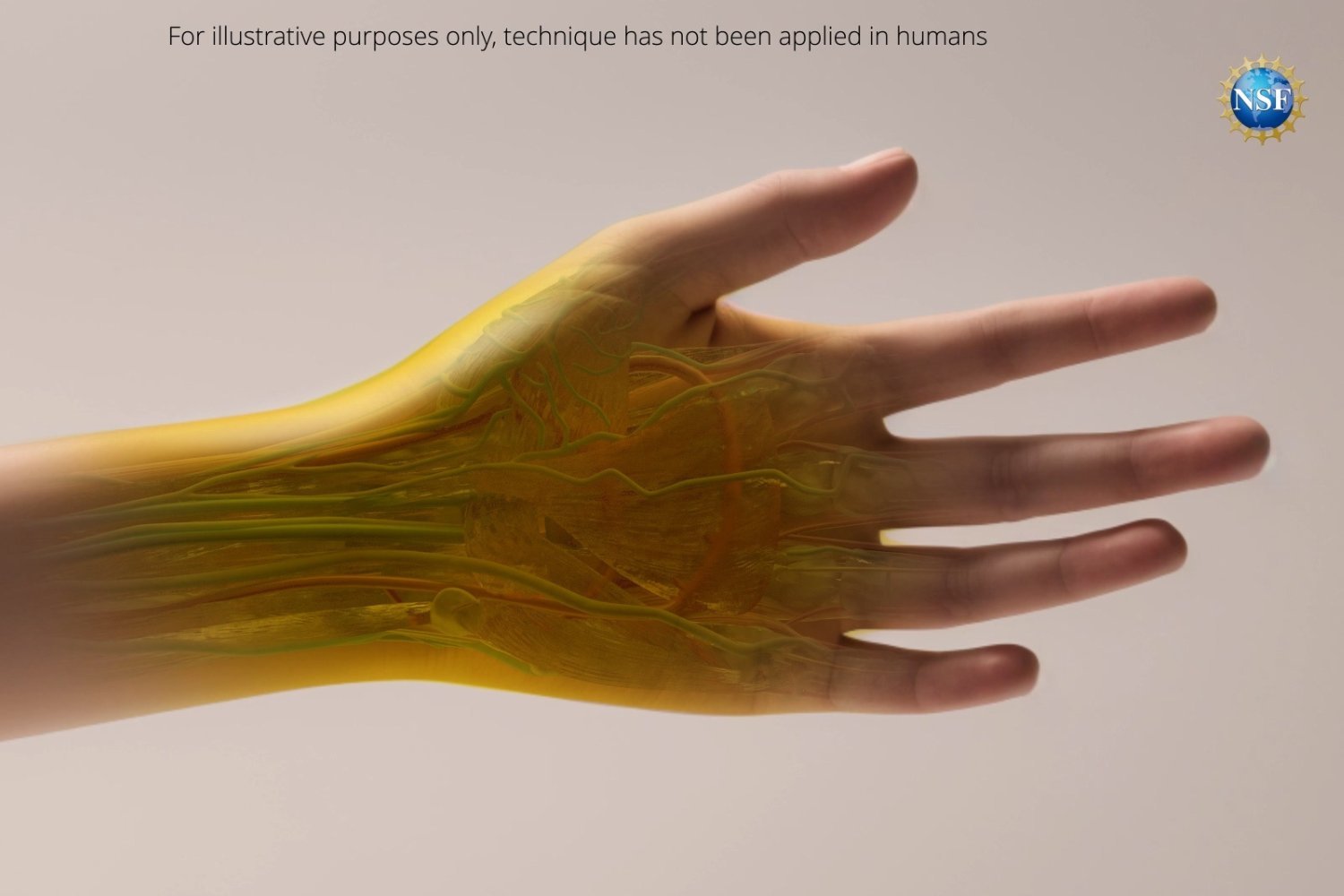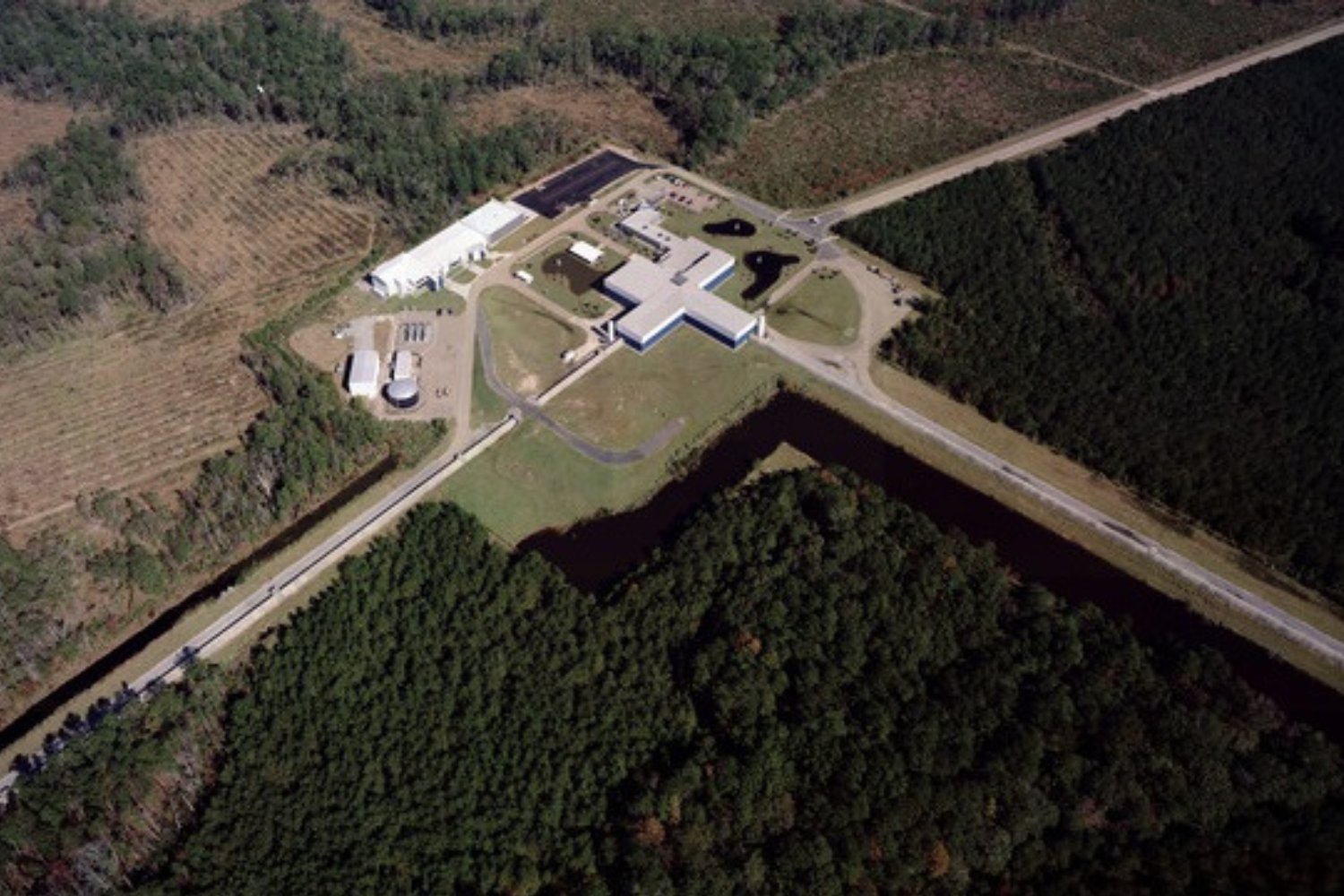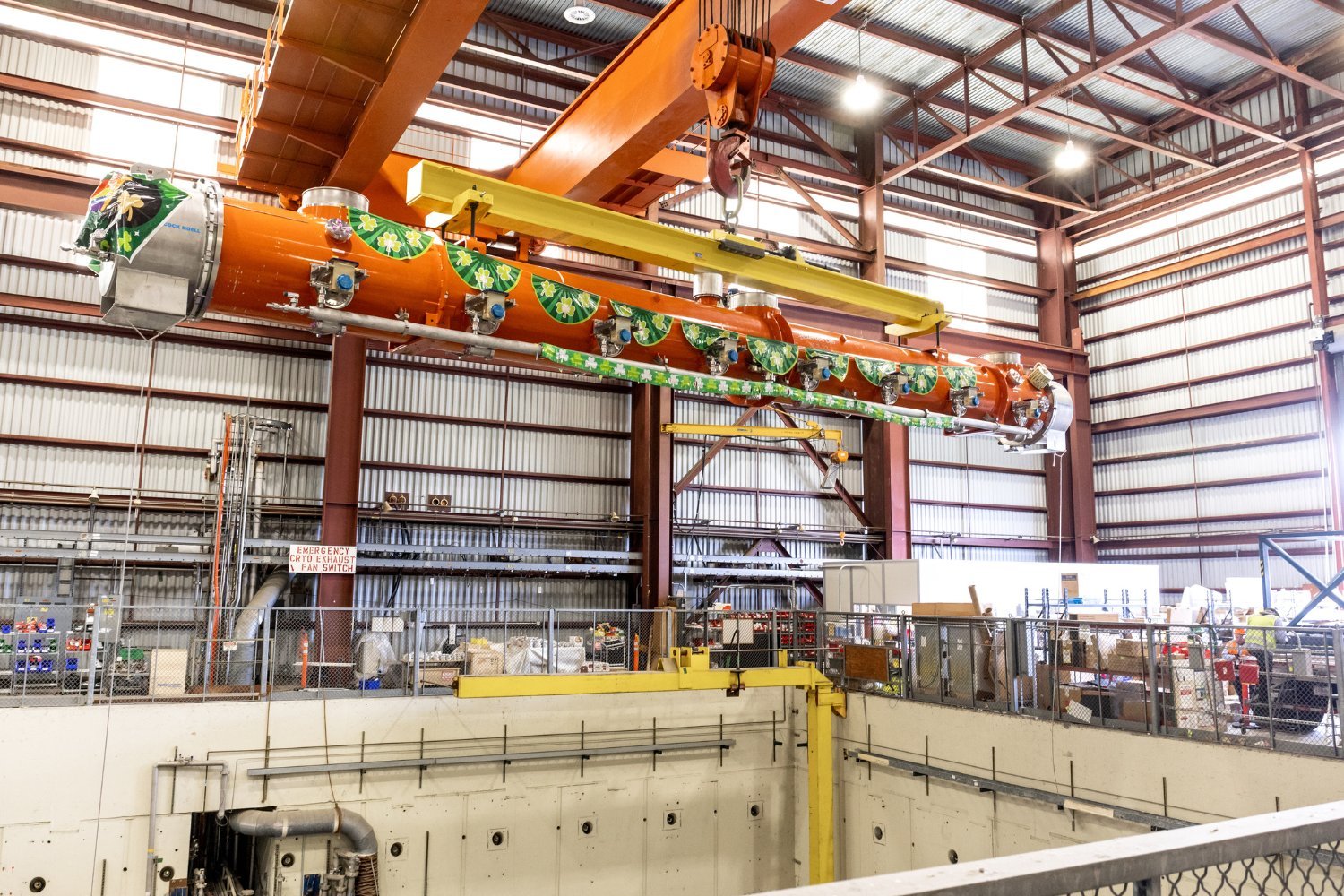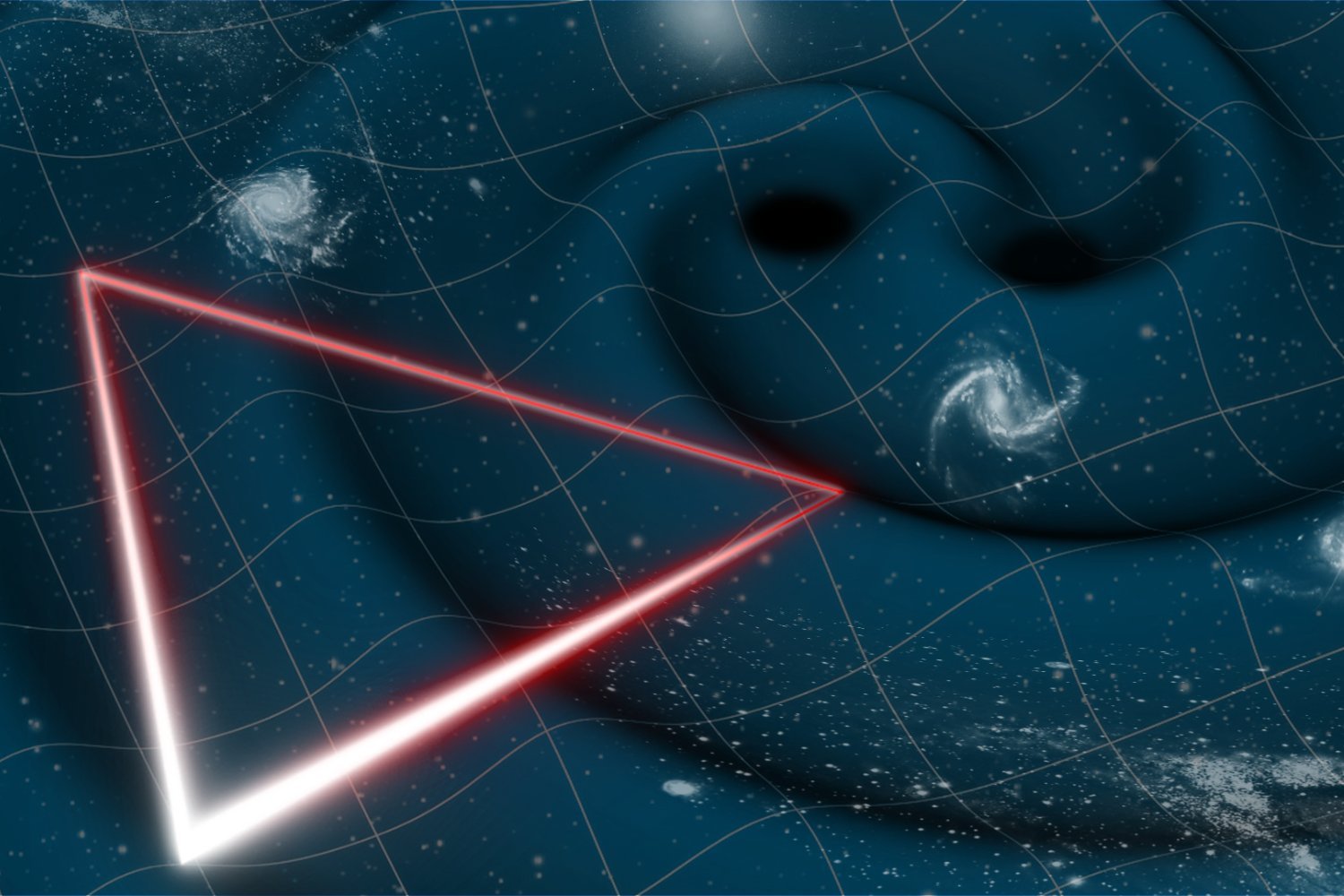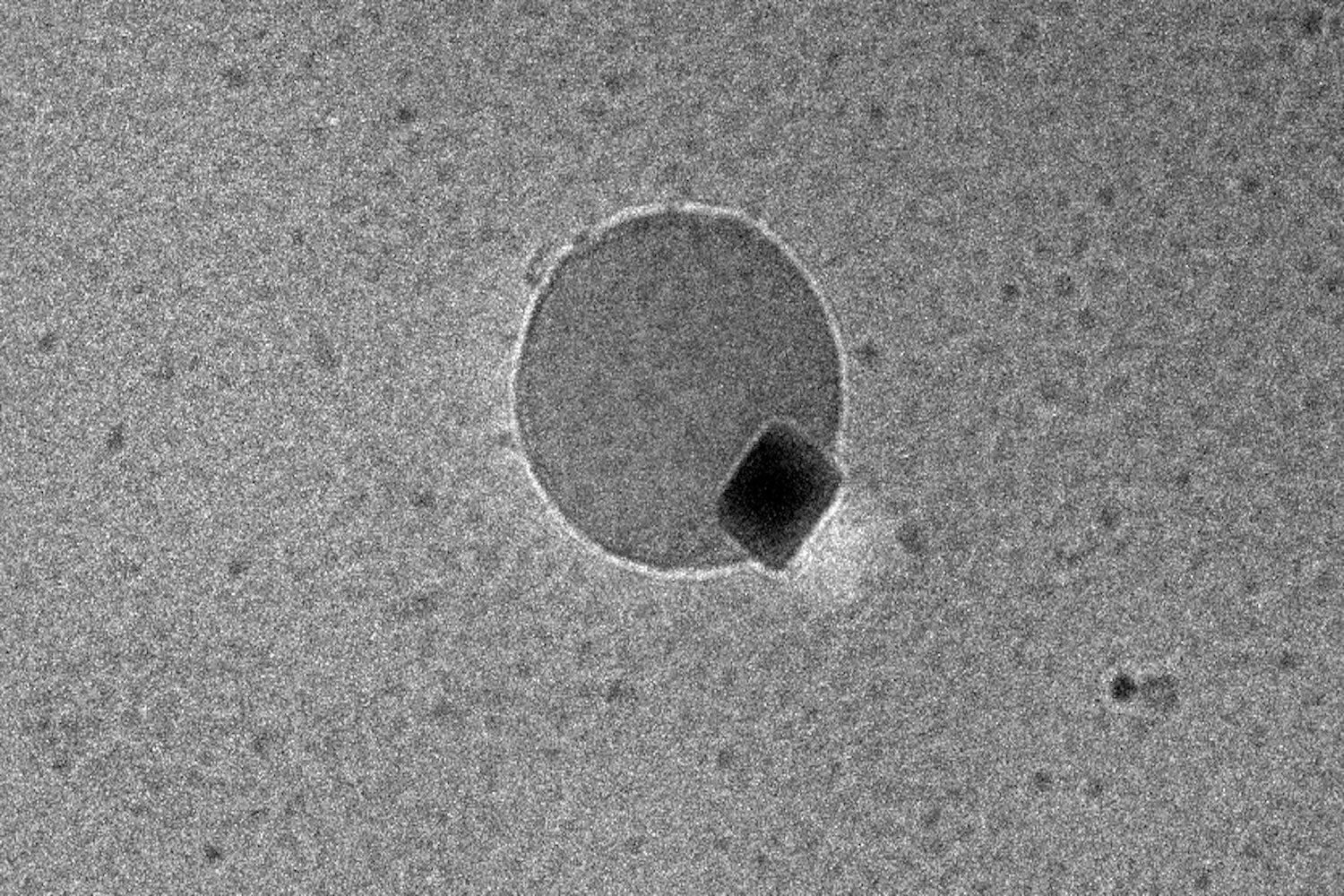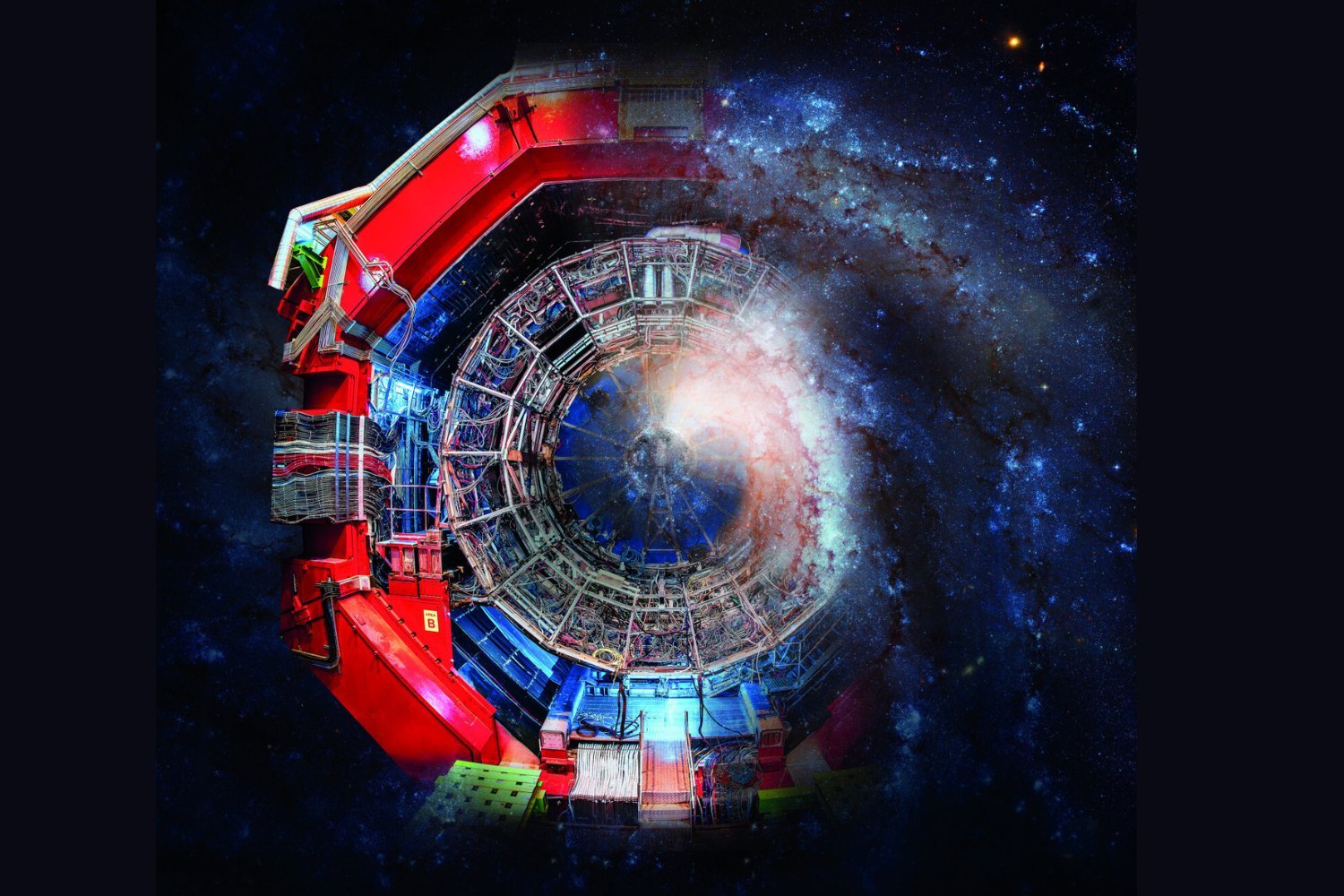For 15 days in December 2024, a groundbreaking quantum experiment unfolded beneath the bustling streets of New York City. Photons, the fundamental particles of light, traversed a 21-mile (34-kilometer) quantum network, stretching from the Brooklyn Navy Yard to Corona, Queens, utilizing existing telecommunications infrastructure. This marked a significant leap forward in quantum networking technology.
This experiment, conducted by quantum hardware company Qunnect on their GothamQ testbed, represents a crucial step towards a future quantum internet. Unlike traditional data transmission, Qunnect transmitted entangled, polarized photons—photons in a specific quantum state—through the optical fibers. This entanglement, a unique quantum property, is key to the network’s potential. The team’s findings are published in PRX Quantum.
Predicting the impact of next-generation infrastructure is always challenging,” explains Mehdi Namazi, Chief Science Officer at Qunnect, in a video call with MaagX. “Just as it was difficult to foresee the internet’s applications, predicting the full potential of quantum networks is equally complex.” However, Namazi emphasized the cutting-edge nature of their work, pushing the boundaries of quantum networking technology.
Entangled Photons: The Foundation of Quantum Communication
The Qunnect team generated entangled photon pairs using a rubidium-87 vapor cell. Entanglement links the properties of these photons, meaning the state of one instantly influences the other, regardless of distance. This entangled pair acts as a quantum bit, or qubit, the fundamental unit of quantum information. Qubits, often realized as arrays of supercooled atoms, are essential for quantum computing. Remarkably, photons can carry quantum information at room temperature, enabling the use of existing fiber optic networks.
Record-Breaking Photon Transmission and Network Stability
The GothamQ experiment achieved an unprecedented transmission rate of half a million photon pairs per second, totaling 648 billion pairs over the 15-day period. This surpasses previous experiments on similar infrastructure by orders of magnitude, demonstrating a significant advancement in quantum communication capabilities. Furthermore, the network maintained 99.84% uptime, showcasing impressive stability. This was achieved through a novel time-multiplexing technique, briefly pausing the quantum operation to send classical light pulses for system calibration and error correction. These interruptions accounted for a mere 0.16% of the total experimental time.
Practical Applications and Future Potential
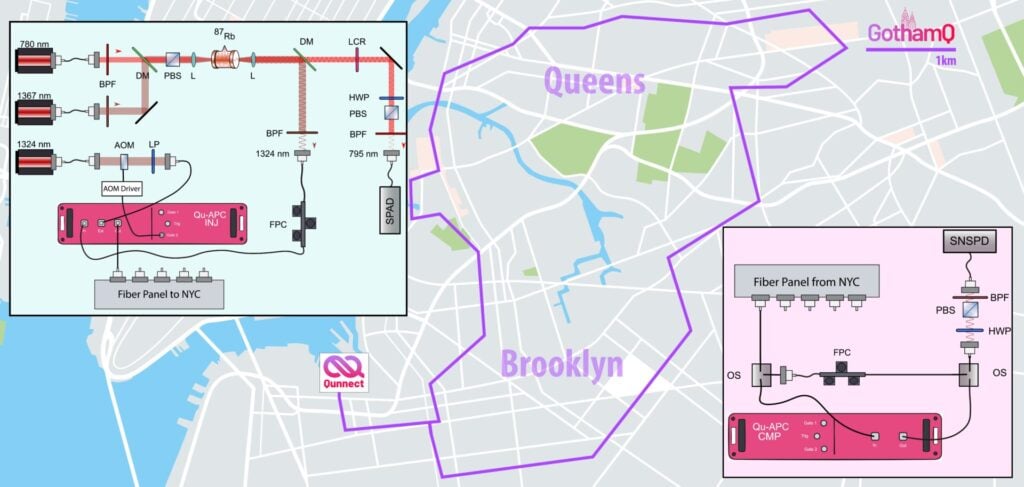 A map showing the GothamQ testbed and the experimental apparatus prior to photons entering (top left) and exiting (bottom right) the GothamQ fiber.A map depicting the GothamQ testbed, showing the experimental setup before photons enter (top left) and after they exit (bottom right) the GothamQ fiber. (Graphic: Craddock et al. 2024)
A map showing the GothamQ testbed and the experimental apparatus prior to photons entering (top left) and exiting (bottom right) the GothamQ fiber.A map depicting the GothamQ testbed, showing the experimental setup before photons enter (top left) and after they exit (bottom right) the GothamQ fiber. (Graphic: Craddock et al. 2024)
As the researchers stated in their paper, “Our work paves the way for practical deployment of 24/7 entanglement-based networks with rates and fidelity adequate for many current and future use-cases.” Namazi highlights the team’s focus on practicality and robustness. “Can we distribute entanglement reliably, stably, and with high enough quality to ensure its usefulness in applications, ranging from cybersecurity to the broader vision of a quantum internet?”
Cybersecurity: An Immediate Application
One of the most promising near-term applications of this technology lies in cybersecurity. Using entangled photons for encryption creates a virtually unhackable system. Any attempt to intercept a photon would instantly alter its entangled partner, revealing the intrusion. “This type of connection is impossible to replicate,” Namazi explains.
Towards a Quantum Future
While practical applications like a quantum internet are still years away, this experiment signifies substantial progress. Though the current photon transmission rate isn’t comparable to 5G, it marks a significant improvement over earlier attempts. The research conducted beneath New York City offers a glimpse into the exciting future of quantum technology and its potential to revolutionize communication and computation.




